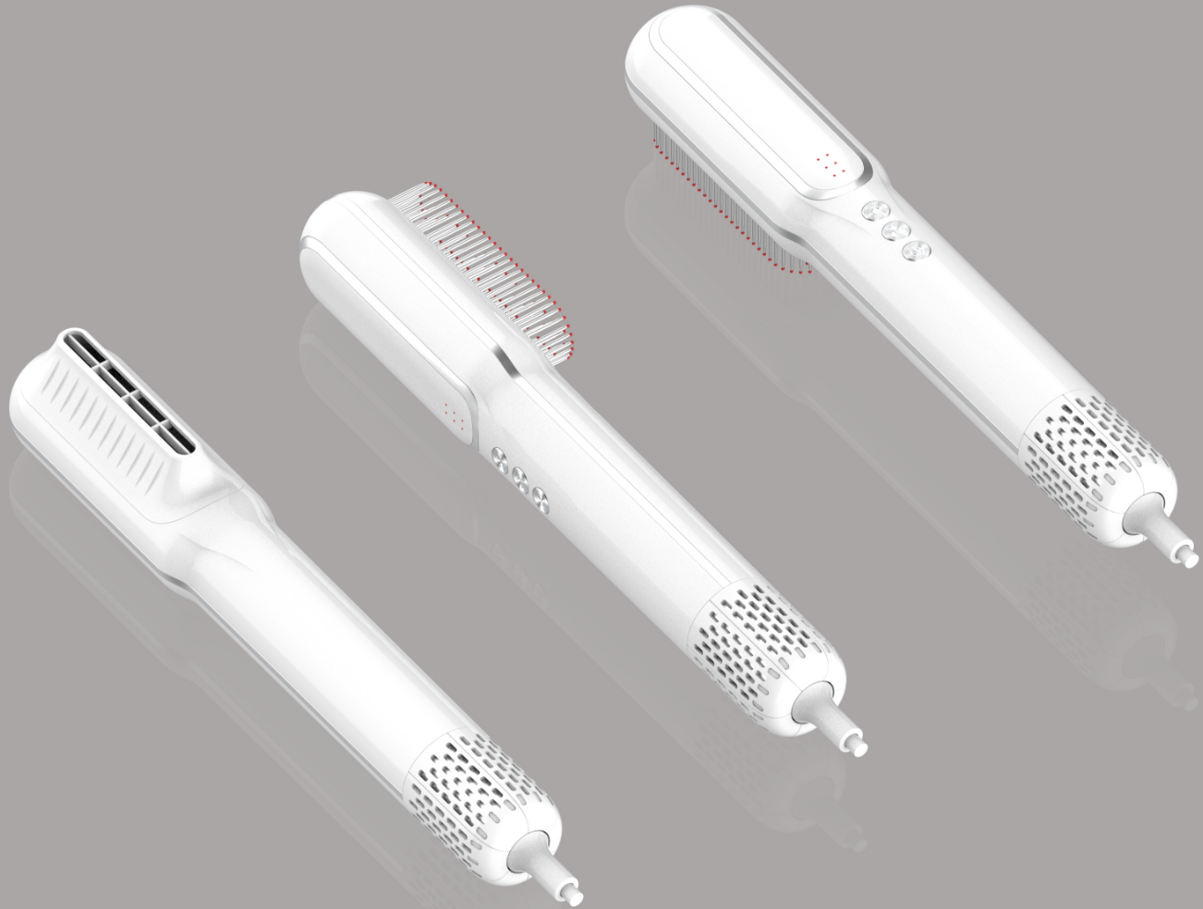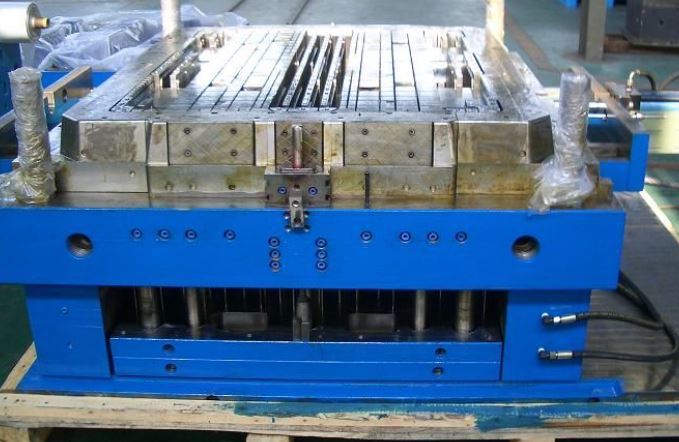Plastic injection molding has long been a cornerstone of modern manufacturing. Its ability to produce high volumes of complex parts with excellent precision, consistency, and speed has made it an attractive method for industries ranging from automotive to consumer electronics. But for many, especially those seeking to partner with injection molding manufacturers in the UK, China, or elsewhere, one crucial question remains: Is plastic injection molding profitable?
In this article, we will dive deep into the cost structures, profit margins, and factors that influence the profitability of plastic injection molding. We’ll break down key components such as the cost of plastic injection molding, plastic injection mold manufacturing cost, and injection molding cost to help businesses understand how to optimize their production and choose the right partner.

1. Introduction to Plastic Injection Molding
Plastic injection molding is a manufacturing process where molten plastic is injected into a mold cavity under high pressure. Once cooled, the plastic takes the shape of the mold, producing a finished product. This method is widely used for producing mass quantities of identical plastic parts with a high degree of accuracy. From car bumpers to medical devices, injection molding is crucial in many industries.
The process has multiple stages, including mold design, raw material selection, molding, and post-processing. Although the process can be costly upfront, the potential for cost efficiency increases dramatically as production volumes grow, making it an ideal choice for large-scale production.
2. Cost Breakdown of Plastic Injection Molding
When considering the cost of plastic injection molding, it’s essential to understand the various components that make up the total cost. These costs can be divided into several categories:
a. Material Costs
Material selection is a critical factor in injection molding costs. The type of plastic used, such as thermoplastics like polyethylene or polycarbonate, can vary significantly in price based on factors such as:
- Raw material costs: High-performance plastics are more expensive, while general-purpose plastics may be more affordable.
- Plastic volume per part: Larger or thicker parts require more material, directly influencing costs.
- Scrap and waste management: Inefficiencies in material usage can lead to waste, driving costs up.
In general, material costs can range from 10% to 30% of the total project cost, depending on the complexity and size of the part.
b. Labor and Operational Costs
Labor and operational expenses include everything from machine setup to production line staffing. Factors contributing to this cost include:
- Operator wages: Skilled operators are needed to manage machines, especially during setup and quality control stages.
- Cycle time: The speed at which each cycle of the injection molding process is completed affects production efficiency. Faster cycle times lead to lower labor costs per part.
- Automation: Highly automated facilities reduce labor costs, but automation equipment is expensive upfront.
For businesses outsourcing injection molding to places like China, labor costs are often lower than in the UK, which may be a deciding factor.
c. Overhead and Maintenance Costs
Plastic injection molding requires significant investment in equipment, and maintaining these machines is essential to ensure continuous, high-quality production. Overhead and maintenance costs include:
- Machine depreciation: Injection molding machines typically have long lifespans, but depreciation is a cost that needs to be factored in over time.
- Tool maintenance: Mold wear and tear is inevitable, especially for high-volume production. Regular maintenance ensures precision and consistency, preventing defects.
The overall operational cost for an injection molding facility can contribute 15% to 25% to the total cost per part, depending on the complexity of the project.
3. Factors Affecting Plastic Injection Mold Manufacturing Cost
The initial investment required for plastic injection mold manufacturing can be significant, but understanding the factors that drive these costs is critical for evaluating profitability.
a. Tooling Costs
The tooling (mold) used in injection molding is custom-made and can cost anywhere from £5,000 to over £100,000 depending on:
- Number of cavities: A mold with more cavities can produce more parts per cycle, increasing efficiency but also raising the cost of the mold itself.
- Material of the mold: Durable materials like steel are more expensive but offer a longer lifespan compared to aluminum molds.
- Precision and tolerances: High-precision molds require more time and expertise to manufacture, leading to higher costs.
b. Design Complexity
The design complexity of the part being produced directly affects mold manufacturing costs. Complex designs with intricate details or undercuts require advanced mold designs, which increase both the cost of the mold and the setup time.
- Multi-part molds are more expensive than single-part molds but are necessary for producing parts with complicated geometries.
- Post-processing requirements, such as polishing or assembly, add additional costs to the overall project.
c. Mold Life and Durability
The durability of a mold, known as its mold life, is another cost consideration. A mold that can handle millions of cycles without degrading offers better value over time, even if it has a higher upfront cost. Investing in high-quality, durable molds is a critical factor in reducing long-term production costs and improving profitability.
4. Is Plastic Injection Molding Profitable? A Detailed Look
With an understanding of the costs involved, the question remains: is plastic injection molding profitable? The answer is, overwhelmingly, yes—if managed correctly.
a. Profit Margins in Injection Molding
Profit margins in plastic injection molding vary depending on factors such as volume, efficiency, and market demand. On average, profit margins range between 10% and 40%, with high-volume production benefiting from economies of scale. Factors that influence profitability include:
- Volume of production: Larger production runs tend to be more profitable because the fixed costs, like tooling, are spread across more parts, reducing the cost per unit.
- Cycle time efficiency: Faster production cycles mean more parts produced in less time, improving profitability.
- Automation: High levels of automation reduce labor costs and increase consistency, contributing to better profit margins.
b. Reducing Costs to Increase Profitability
Maximizing profitability requires careful cost management. Here are some strategies to reduce costs:
- Optimizing mold design: Efficient mold designs reduce cycle time and material waste, lowering production costs.
- Material selection: Choosing the right material for both cost and performance ensures that parts meet quality standards without excessive raw material costs.
- Partnering with the right manufacturer: Choosing a manufacturer with modern equipment, expertise, and a reputation for quality can drastically improve production efficiency and reduce waste.
5. Benefits of Partnering with Plastic Injection Molding Companies in the UK vs. China
When selecting a plastic injection molding partner, businesses often compare the benefits of working with manufacturers in the UK versus China. Both regions offer distinct advantages depending on your business needs.
a. Cost Comparison
- China: Manufacturing in China typically offers lower labor and material costs, which can significantly reduce the overall cost of production. However, the initial investment in mold tooling may still be high, and shipping costs can add up.
- UK: While labor costs are generally higher in the UK, proximity to European markets can lower transportation costs, and quicker lead times may offset some of the price differences.
b. Lead Times and Shipping
Shipping from China to the UK or other Western countries can take several weeks, depending on the method and the quantity of parts being shipped. This lag can affect time-to-market. In contrast, partnering with a local UK manufacturer can drastically reduce lead times, allowing businesses to be more responsive to changes in demand.
c. Quality and Regulatory Compliance
Quality control is essential, particularly for industries with stringent regulatory requirements, such as medical devices or aerospace. While manufacturers in both China and the UK can produce high-quality parts, UK manufacturers are often subject to stricter compliance regulations. Additionally, IP protection tends to be stronger in the UK, making it a safer option for companies concerned about proprietary designs or innovations.

6. Conclusion: Making Injection Molding a Profitable Endeavor
Plastic injection molding is a profitable manufacturing process, provided the key factors of cost management, quality control, and efficiency are handled effectively. By understanding the plastic injection molding cost, businesses can make informed decisions about whether to partner with manufacturers in the UK, China, or elsewhere.
Choosing the right partner, designing efficient molds, and optimizing production can ensure long-term profitability for companies leveraging injection molding for mass production. Ultimately, by balancing costs with output, businesses can achieve significant returns on their investment in this highly versatile and scalable manufacturing process.
